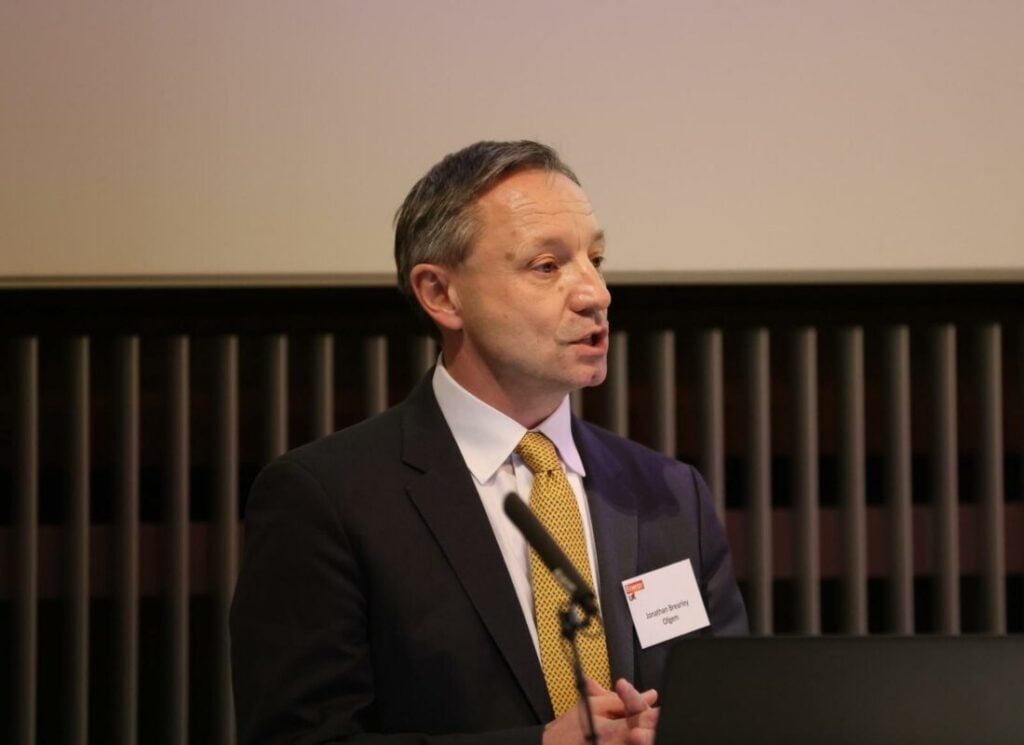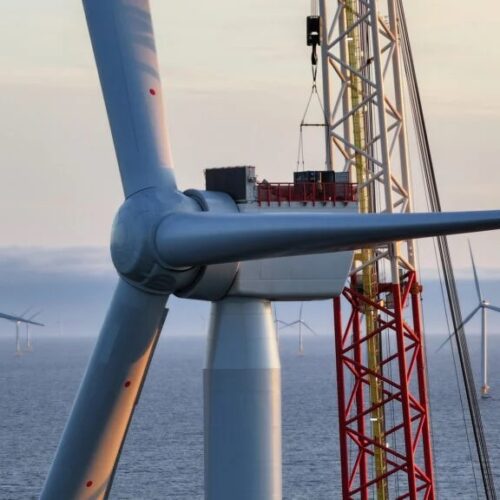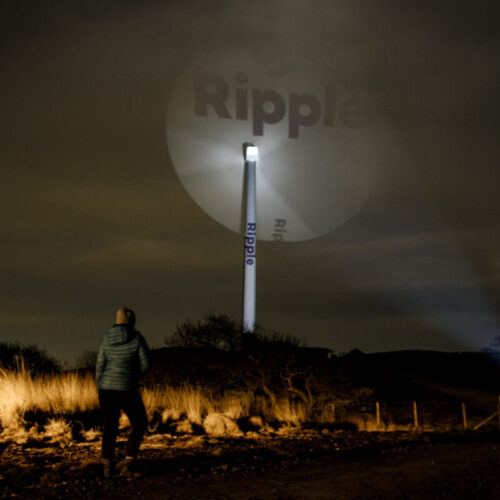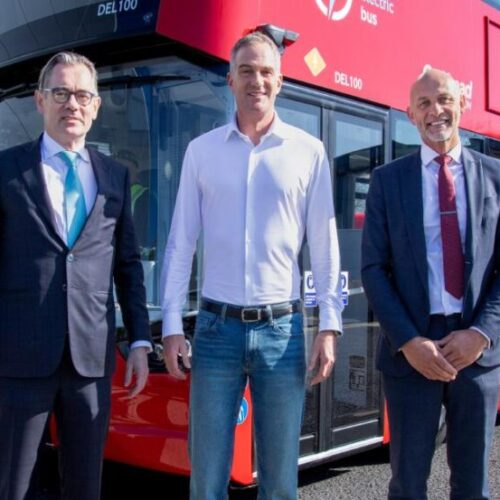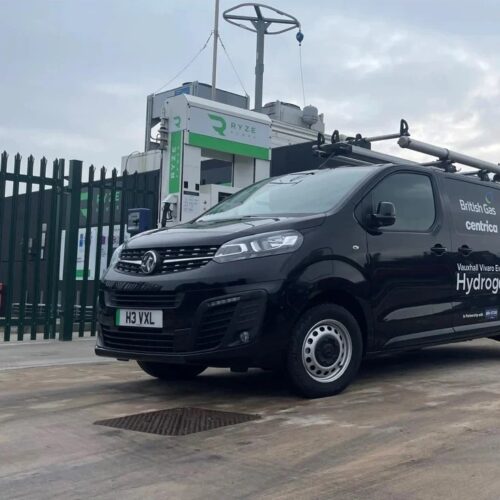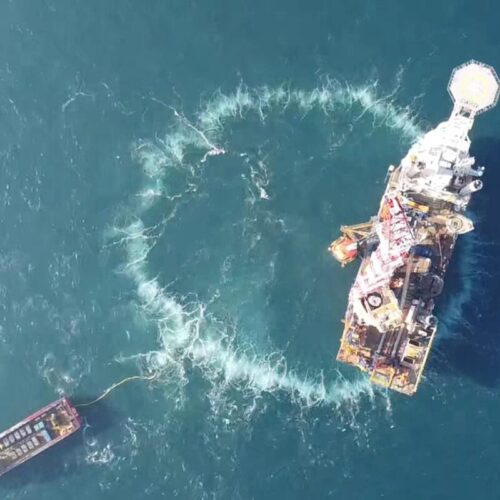Energy regulator Ofgem has today officially approved grid connections reform that will remove ‘zombie’ projects from the queue and connect renewable energy projects that are most needed.
The long-anticipated grid connection reforms were first put forward by the National Energy System Operator (NESO) with the aim of reducing the number of projects awaiting connection to the UK electricity grid.
According to the Department for Energy Security and Net Zero (DESNZ), companies are currently waiting up to 15 years to be connected, with the length of the queue growing tenfold in the last five years.
Ofgem said that as of February 2025, 756GW worth of projects were in the queue, with 587GW at transmission and 178GW on the distribution network. These figures far exceed what is needed for either Clean Power 2030 (CP30) or net zero by 2050.
As such, the regulator has made good on its minded-to decision to approve the reforms. The details of how the new process will work are mostly unchanged from earlier this year.
The only adjustments Ofgem has made are a slightly smaller Gate 1 queue, and the most significant changes are driven by the newly combined transmission and distribution level solar capacities in CP30.
There will be no connection pause after readiness checks are made, and projects with planning consent (already protected under the reforms) that are due to connect on or before 31 December 2027 will receive assurance about connection dates and connection points.
Ofgem said the connections reform will deliver wider benefits, including lowering consumer bills through cheaper generation and reduced system costs, both through avoided network build and an anticipated reduction in constraint costs.
It said that the network build required to accommodate the whole queue would be unfeasible and would involve significant wasted costs.
NESO, DESNZ and Ofgem have each independently stated these benefits.
DESNZ said that taking a strategic, planned approach will remove the need for billions of pounds spent on unnecessary grid reinforcement. Energy secretary Ed Miliband added that the changes “will axe ‘zombie’ projects and fast-track connections for homegrown power”.
Chief operating officer at NESO, Kayte O’Neill, said the milestone reflects the “close collaboration” across the energy industry, with support from the government and Ofgem.
Jess Ralston, head of energy at the Energy & Climate Intelligence Unit (ECIU) called the removal of projects that may never go ahead a “no-brainer”.
Criticism of the connection queue reforms
Developers at the Energy Storage Summit EU 2025 were not confident in their chances of being let into Gate 2 under the reforms, with widespread feeling that the speed at which NESO developed the reforms allowed for errors in its methodology.
Respondents to the minded-to decision were against forming the queue methodology around CP30 target capacities, which Ofgem acknowledges in its impact assessment published alongside the approval decision.
It states that several parties indicated the Gate 2 permitted capacities in the CP30 Action Plan did not reflect the reality of the current development pipeline and highlighted the risk that permitted capacities would not be delivered due to attrition, suggesting that the permitted capacities should be increased to account for this.
However, Ofgem said it had analysed alternatives through the process, including suggestions made in response to its minded-to decision, finding no “reasonable” alternatives that carry meaningfully lower risk and cost while delivering the same policy outcome.
Energy regulation ‘can be a catalyst for growth’
In a speech delivered today, Ofgem CEO Jonathan Brearley said that the regulatory framework underpinning the energy sector “can be a catalyst for growth—not a blocker”.
Brearley also reiterated Ofgem’s commitment to ensuring the best outcome for households and businesses.
He said: “We need to drive the energy transition as quickly as possible and make sure, along the way, we support those households and businesses worst affected. I’m confident that our reform plans will lead us to achieve these goals.”
The certainty provided by the updated connections process, both in what is required of a project to connect and when that connection will be facilitated, is expected to be a major draw for investors.
Miliband said: “In an uncertain world, our message to the global clean energy industry is clear; come and build it in Britain because we are a safe haven. If you want certainty, stability and security when it comes to your investments, choose Britain.”
NESO and network companies expect to start issuing revised offers from Autumn 2025, with an initial focus on those that are connecting in 2026 and 2027.
